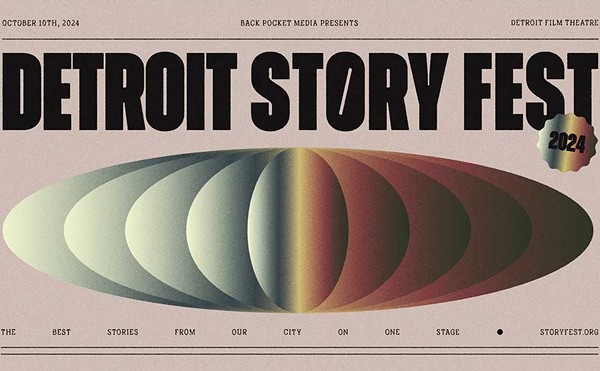If you want a sense of the challenges organized labor faces today, look at the glossy magazine ad with the handsome young man in the striped dress shirt and red tie. Hands in his pockets, a smile on his face, basking in Madison’s Avenue’s best imitation of Rembrandt lighting, he’s carefree and prosperous. "Roll up your sleeves," the caption says. "You’re not afraid of a little overtime."
This work-creates-freedom attitude is just part of the new corporate dispensation in this era of globalization and a deified market economy. Detroit-based labor activists Mike Parker, an industrial computer specialist, and Martha Gruelle, editor of Labor Notes, want to help labor reformers challenge that dispensation in this useful new handbook.
In today’s workplace, new technology spurs new forms of work organization (including a drive for labor-management teamwork), which are often combined with an erosion of the workplace culture that unions successfully fought for in their heyday. Then there’s the changed nature of that amorphous entity called "the public."
Democratic theorists from James Madison to John Dewey thought public, participatory institutions were the backbone of a democratic society, and Dewey, as far back as the 1920s, linked their decline with a crisis of democracy generally. Unions are, arguably, among the finest institutional representatives of the public, and the fact that fewer than 15 percent of workers now pay dues is one sign of that crisis.
One way to combat this crisis is by strengthening democracy in unions, and, by extension, in workplaces. "A good part of the reason for low participation" in unions, the authors write, "is not member ignorance but rather a legitimate conclusion from real experiences in the workplace and the union." They propose a democratized union culture that protects both majority and minority views. Leaders must be accountable, in an atmosphere of open discussion, on all union issues, particularly where collective bargaining is concerned.
Democracy is Power comes at a time of generational change: AFL-CIO President John Sweeney has tapped people from labor’s activist wing. And new leaders, like Andy Stern, new president of Sweeney’s old Service Employees union, signal at least the possibility of new approaches. But often, as Parker and Gruelle point out, these new approaches suffer from too little membership involvement in the decision-making process.
This tightly argued book concedes that democracy is risky, but with the risk comes strength.
The fact that Democracy is Power is written for the already engaged union reformer often makes it seem like a book of aphorisms for lost souls: We know reforming unions is hard work, but hang in there.
It’s the right thing to say. But Parker and Gruelle could have raised the discussion by talking more about the union movement’s loss of its social mission.
This book does, however, implicitly answer management’s assertion to the man in the striped shirt: We don’t want your forced overtime, not because we’re afraid, but because we want more time to ourselves, to rest, play, create, learn and love, to develop our own human potential. And one way to get us to do that is to extend democracy to the workplace and to those potentially powerful institutions, the trade unions.





